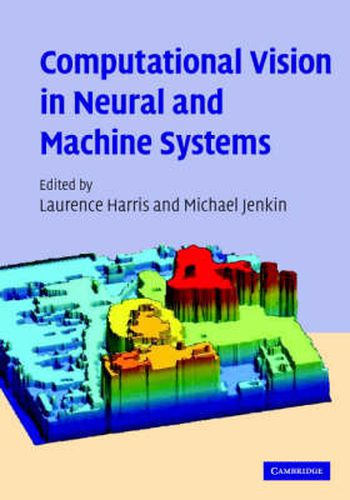Computational vision deals with the underlying mathematical and computational models for how visual information is processed. Whether the processing is biological or machine, there are fundamental questions related to how the information is processed. How should information be represented? How should information be transduced in order to highlight features of interest while suppressing noise and other artefacts of the image capture process? Computational Vision in Neural and Machine Systems address these and other questions in 13 chapters, divided into three sections, which overlap between biological and computational systems: dynamical systems; attention, motion, and eye-movements; and stereovision. The editors have brought together the best and brightest minds in the field of computational vision, combining research from both biology and computing and enhancing the developing synergy between computational and biological visual modelling communities. Aimed at researchers and graduate students in computational or biological vision, neuroscience, and psychology.





